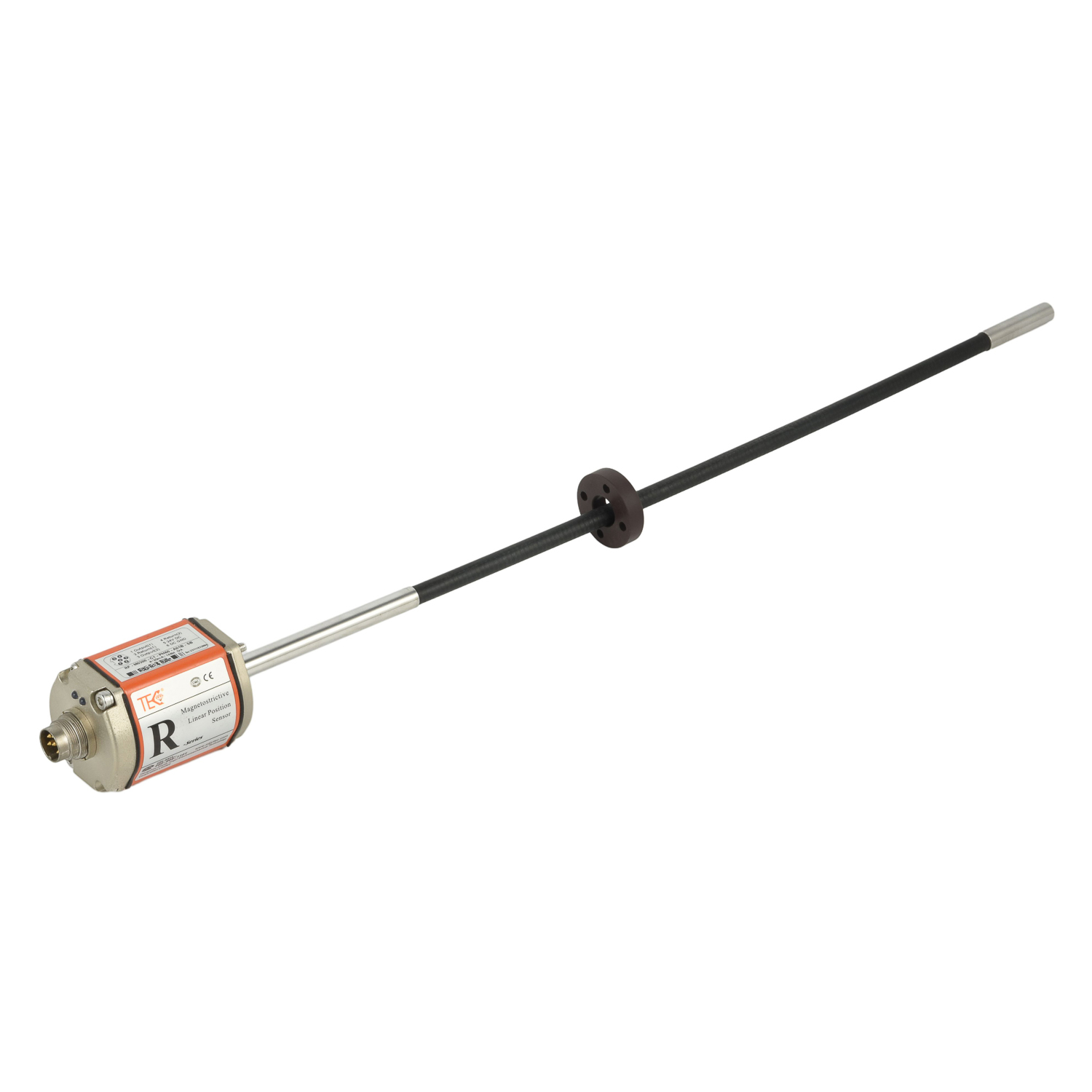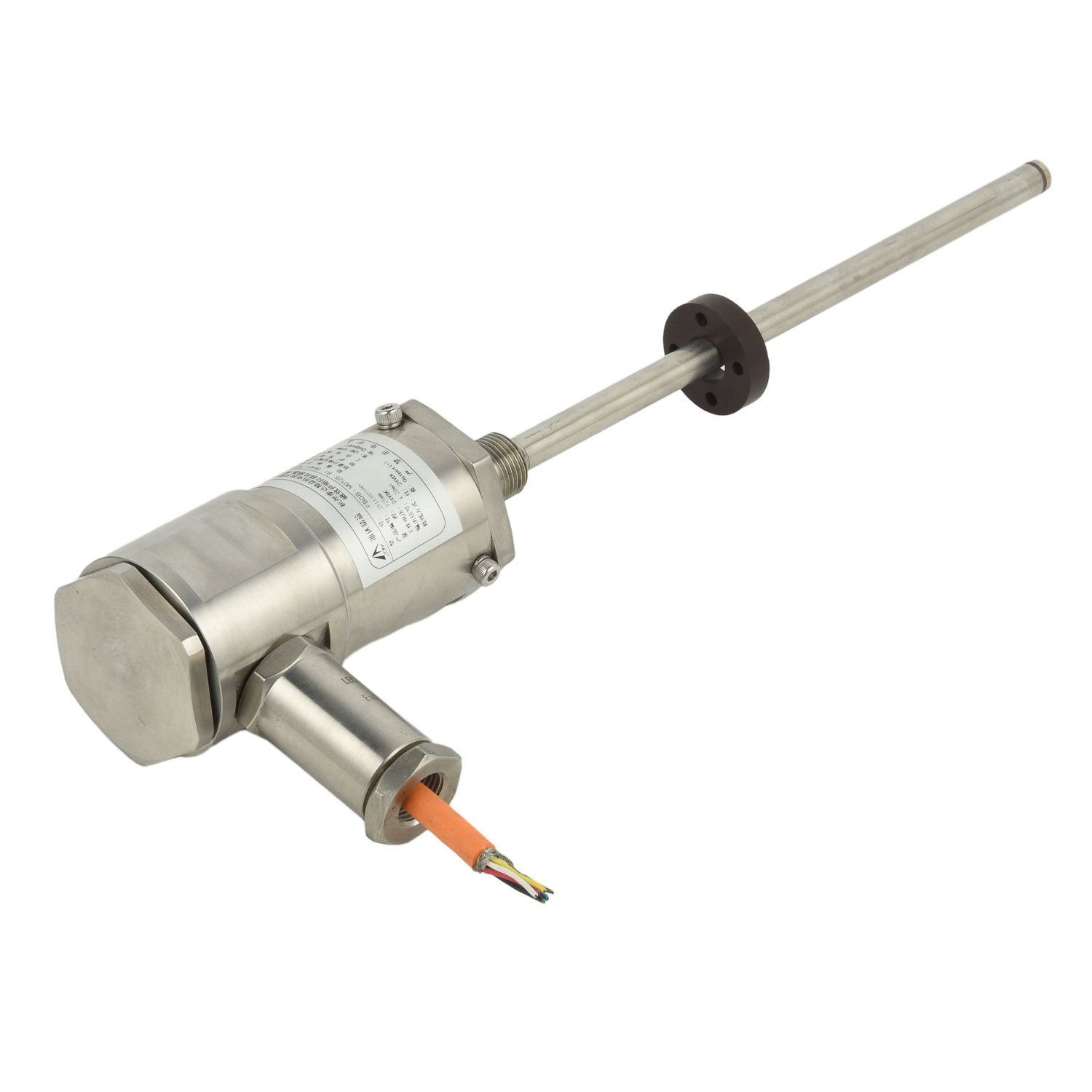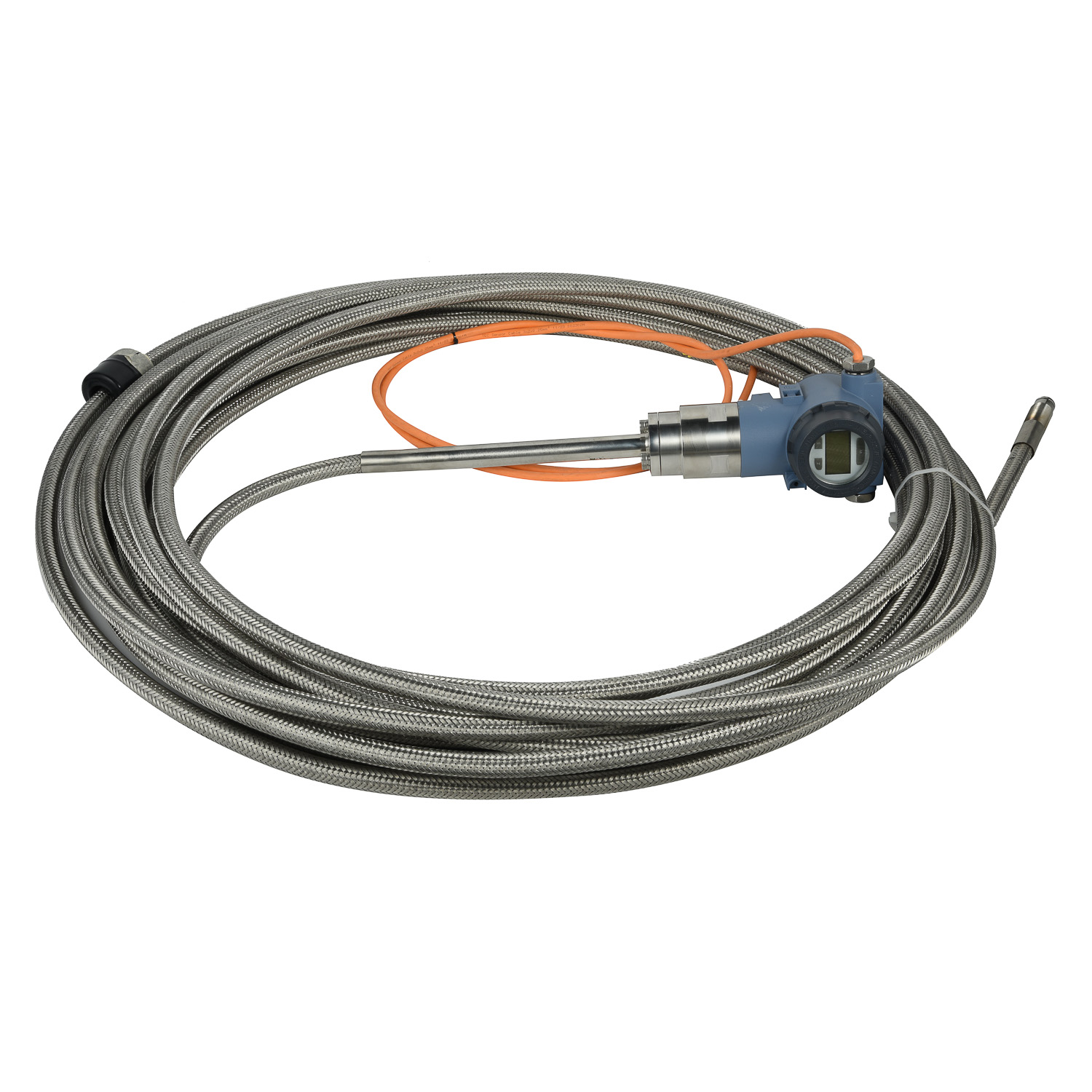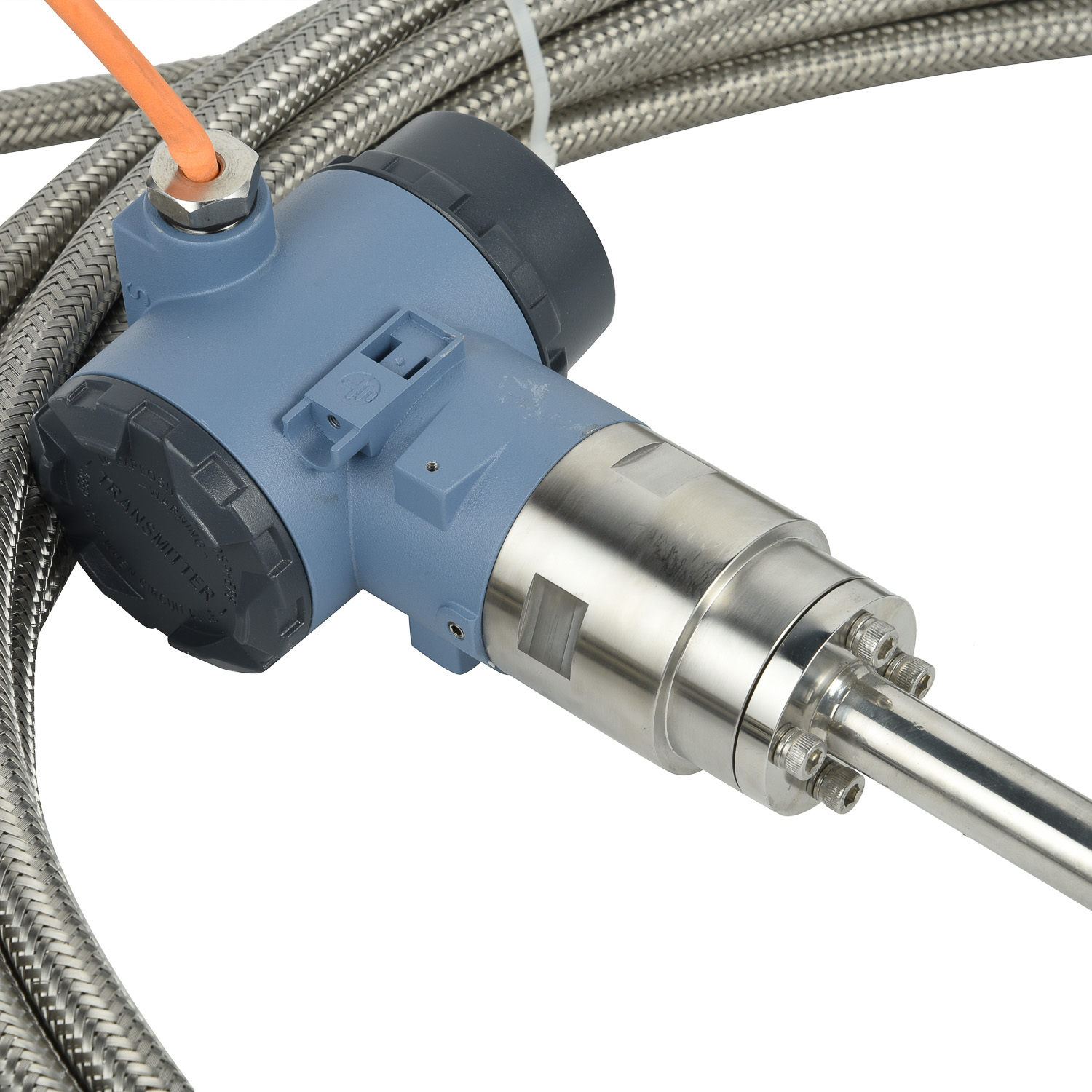How do magnetostrictive level gauges solve accuracy issues of traditional ultrasonic gauges?
In industrial process control and tank farm operations, achieving precise level measurements remains critical for safety, efficiency, and regulatory compliance. While ultrasonic level gauges have served as a popular solution for decades, they frequently encounter accuracy challenges in demanding applications. Understanding these limitations reveals why many industries are transitioning to more reliable magnetostrictive technology for their most critical measurements.

The Fundamental Limitations of Ultrasonic Level Measurement
Ultrasonic level gauges operate by emitting high-frequency sound waves toward the liquid surface and measuring the time delay of the returning echo. This seemingly straightforward methodology contains inherent vulnerabilities that compromise measurement accuracy. Temperature variations significantly alter the speed of sound through vapor space, creating measurement drift without continuous compensation. Turbulent surfaces, foam formation, and heavy vapors or dust can scatter or absorb sonic energy, resulting in failed measurements or significant errors. Additionally, the relatively wide beam angle of ultrasonic transducers makes them susceptible to false echoes from tank walls, agitators, or other internal structures, further degrading measurement reliability in complex vessel geometries.
How Magnetostrictive Technology Delivers Superior Accuracy
Magnetostrictive level gauges employ a fundamentally different measurement principle that eliminates the environmental variables affecting ultrasonic systems. A magnetic float positioned on the liquid surface moves along a tightly enclosed waveguide wire. The gauge electronics send a precise current pulse down this waveguide, generating a circumferential magnetic field that interacts with the permanent magnet in the float. This interaction creates a torsional stress wave that travels back along the waveguide at a constant velocity. By precisely measuring the time interval between pulse initiation and wave return, the system determines float position with exceptional resolution and repeatability, typically achieving accuracies of ±0.05% of full scale or better.
Overcoming Environmental Challenges in Level Measurement
Unlike ultrasonic systems, magnetostrictive technology remains virtually unaffected by the process conditions that commonly plague other measurement methods. Since the measurement occurs within a protected waveguide, factors like vapor density changes, pressure variations, temperature stratification, and the presence of foam or turbulence on the liquid surface have minimal impact on accuracy. The technology provides direct mechanical coupling to the liquid surface through the float, eliminating the signal path uncertainties inherent in non-contact methods. This inherent stability makes magnetostrictive gauges particularly valuable in applications with boiling liquids, cryogenic temperatures, or rapidly changing process conditions where ultrasonic measurements would become unreliable.
Application Advantages Across Industrial Sectors
The precision and reliability of magnetostrictive level gauges deliver significant operational advantages across numerous industries. In chemical processing, they enable precise inventory control and batching operations for both corrosive and non-corrosive liquids. For hydrocarbon storage and custody transfer applications, they provide the measurement integrity required for fiscal-grade accuracy. The technology excels in interface level detection between immiscible liquids, a task particularly challenging for ultrasonic methods. Furthermore, magnetostrictive systems maintain their calibration over extended periods, reducing maintenance requirements and eliminating the need for frequent recalibration that plagues ultrasonic installations experiencing changing environmental conditions.
Implementation Considerations for Optimal Performance
While magnetostrictive technology offers clear accuracy benefits, proper implementation remains essential for achieving optimal performance. Selection of appropriate float design and material ensures compatibility with specific liquid densities and process chemistries. Installation should position the gauge away from turbulent inflow points that might cause float instability. For stilling wells applications, adequate clearance between the well and float must be maintained. Modern magnetostrictive gauges increasingly feature advanced diagnostics that monitor system health and alert operators to potential issues like float hang-up or waveguide contamination before they impact measurement reliability, providing an additional layer of operational security beyond what ultrasonic systems typically offer.
 UpgradingYourLevelMeasurementS
UpgradingYourLevelMeasurementS
 Why are magnetostrictive level
Why are magnetostrictive level
 ComparingMagnetostrictiveandRa
ComparingMagnetostrictiveandRa
 MagnetostrictiveLevelSensorfor
MagnetostrictiveLevelSensorfor
